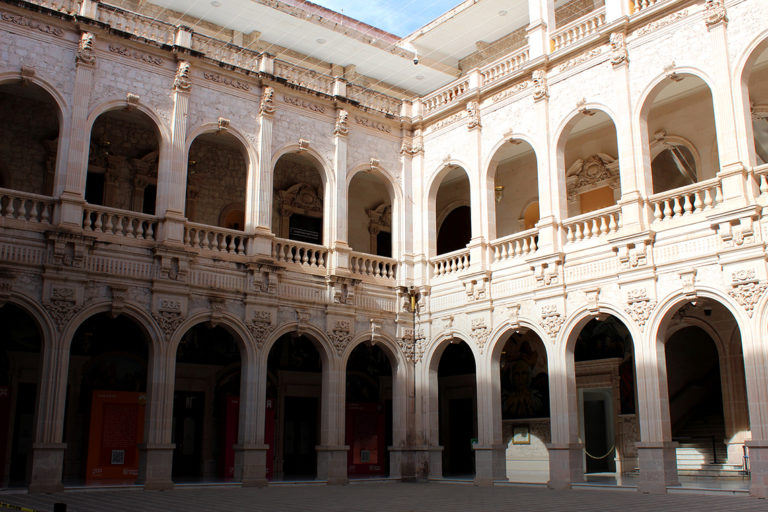
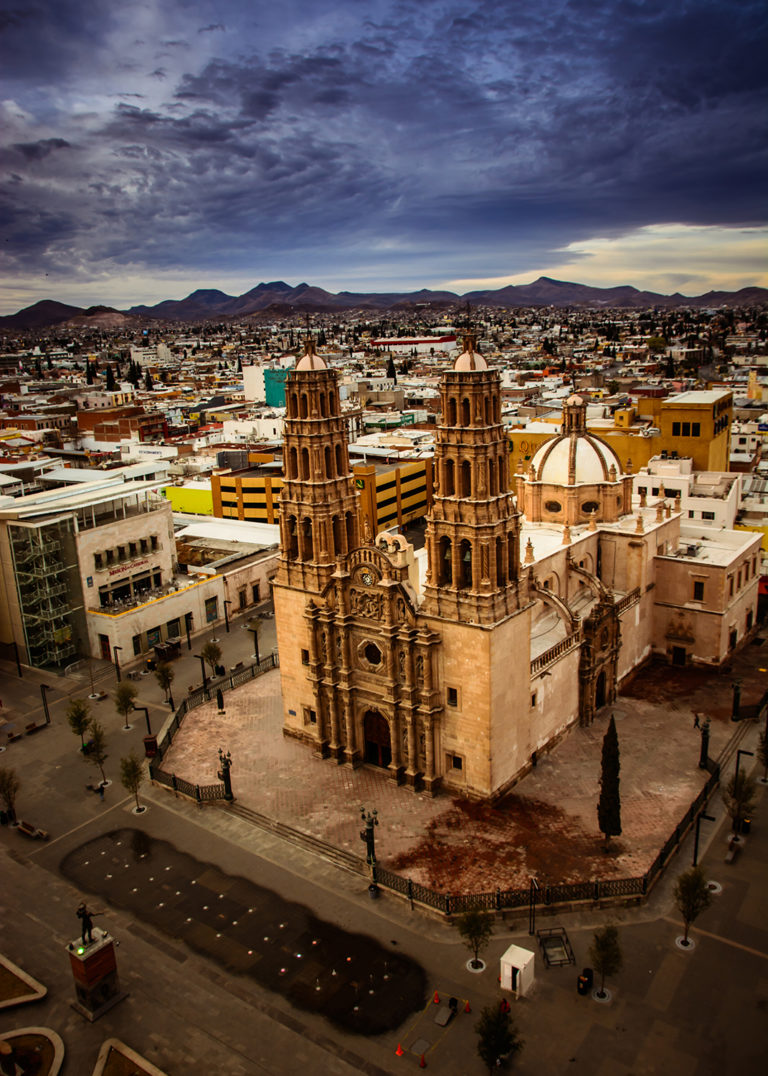
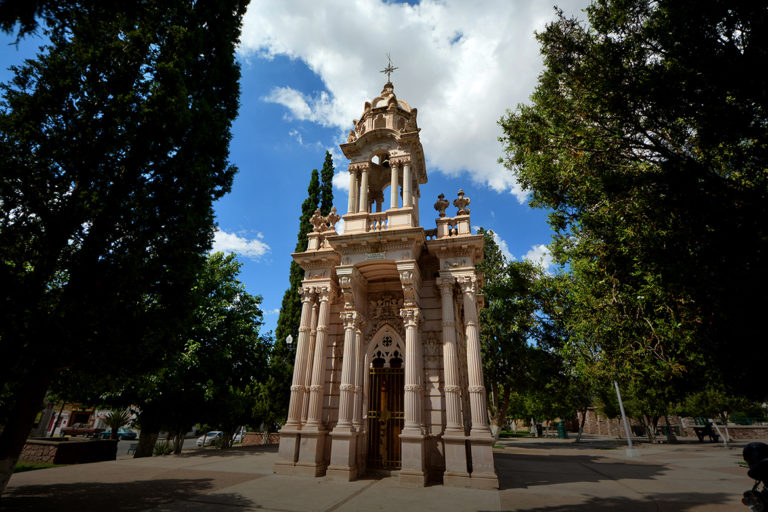
Host 2025 – CHIHUAHUA
A Treasure of Northern Mexico
Located in northern Mexico, Chihuahua is a state that stands out for its great natural, cultural and historical diversity. With a geographical extension that makes it the largest state in the country, Chihuahua offers a wide variety of landscapes, from vast deserts to imposing mountains, passing through forests and impressive canyons.
Chihuahua, the state capital, combines history, modernity and nature in three different environments. In the center, there is the old city, founded in 1709 by Don Antonio Deza y Ulloa, with impressive sites such as the Cathedral, the church of San Francisco and the Colonial Aqueduct. Also noteworthy are the Casa Chihuahua Heritage Center, located in the former Federal Palace, and the Government Palace, seat of state powers. In addition, the city is home to several museums, such as the Mexican Revolution Museum and the Quinta Gameros University Cultural Center.
In the surrounding area, there are charming places such as Aldama, known for its orchards and spas, and Santa Eulalia, with its hills and historic mines. The city of Chihuahua is a crossroads, gateway to the desert and the mountains, and a place that combines the old and the modern in a unique way.
CULTURE AND CRAFTS
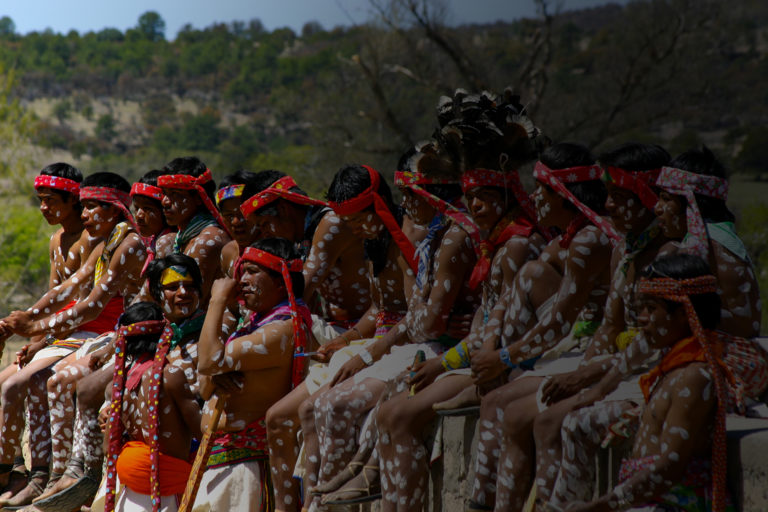
The cultural richness of Chihuahua is nourished by a fusion of indigenous, colonial and modern influences.
Chihuahua is a place where nature becomes art, and where everyday life is reflected in the works of artisans.
Popular art reflects the history and identity of its people. Local artisans keep their traditions alive, creating some of the finest pieces in northern Mexico. In the Sierra Tarahumara, where four indigenous peoples live: Pimas, Tepehuanes, Guarojíos and Rarámuris, artisans use natural materials to make baskets, wood carvings, musical instruments, pots, tableware and colorful woolen garments.
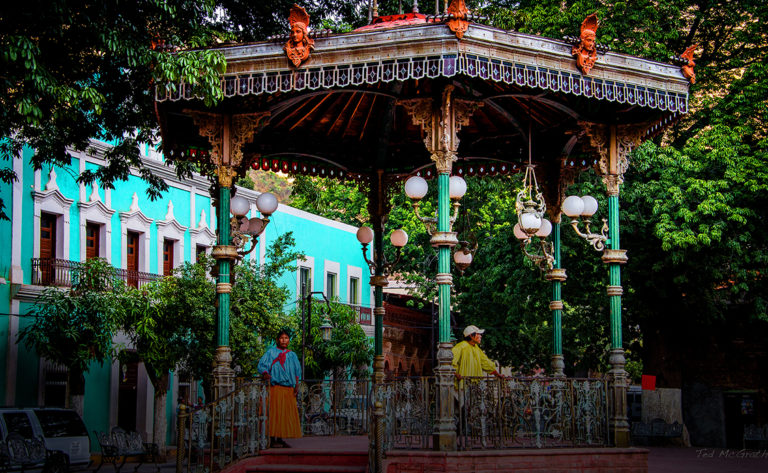
In the town of Mata Ortiz located in the Magical Town of Casas Grandes, the art of the Paquimé culture re-emerged thanks to Juan Quezada, who revived an ancestral technique and shared his knowledge with the community. This earned him the National Prize for Science and Arts.
MUST-SEE ATTRACTIONS
Chihuahua is a destination full of tourist possibilities for all types of travelers. In addition to the Copper Canyon, visitors can enjoy other sites such as the Basaseachi Waterfall National Park, which features one of the highest waterfalls in Mexico.
Another unique attraction is the Chepe Train, a railway route that connects Los Mochis with Creel and passes through some of the most spectacular views of the Copper Canyon. This tourist train is considered one of the most impressive in the world.
An unforgettable experience through five Magical Towns:
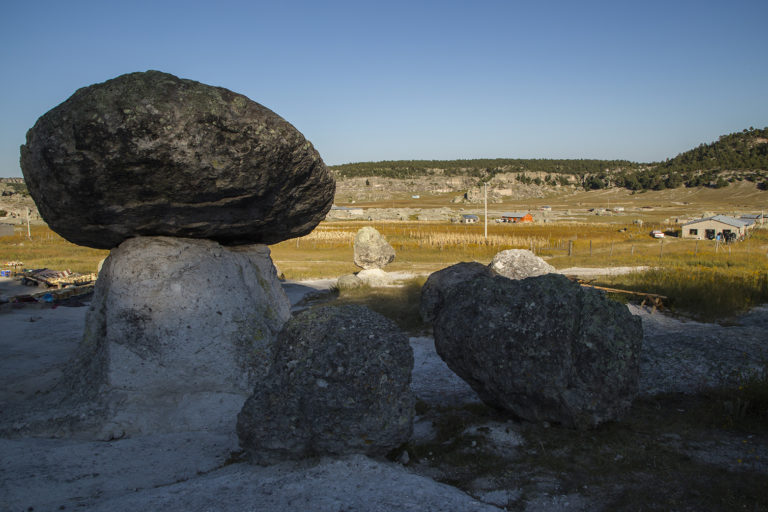
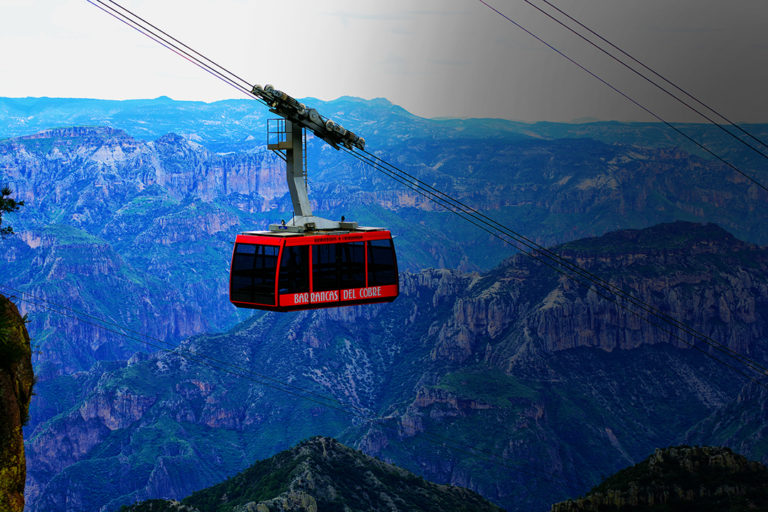
CREEL
Located in the heart of the Copper Canyon, it is the perfect starting point for a unique adventure. This picturesque town invites you to explore its offering of local crafts, such as baskets and jewelry, while enjoying outdoor activities such as hiking, horseback riding and mountain biking. It is impossible to miss the impressive Valley of the Monks and the serene Lake of Arareko, which connect with nature at its best.
BATOPILAS
A charming town with a mining history, nestled in a deep ravine. Just three hours from Creel, its subtropical landscapes and unique climate make it an ideal destination. A must-see is the ruined mansion of Alexander Shepherd and a taste of the delicious local cuisine. During Holy Week, the town offers a unique religious celebration that mixes indigenous and Catholic traditions.
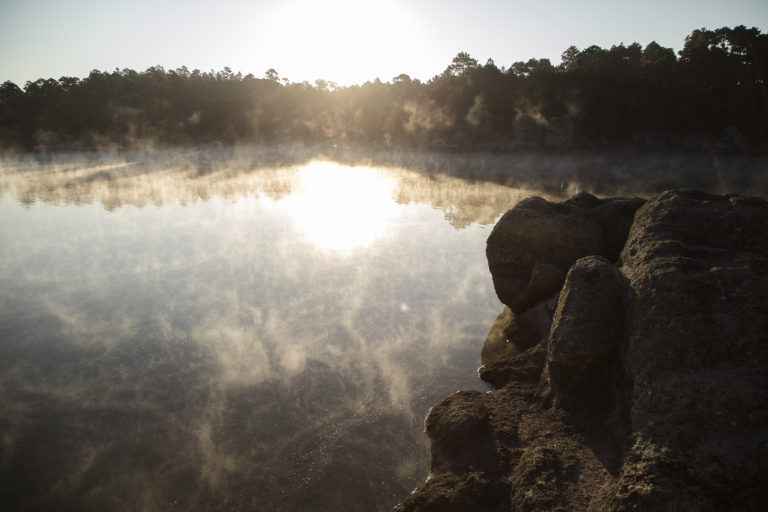
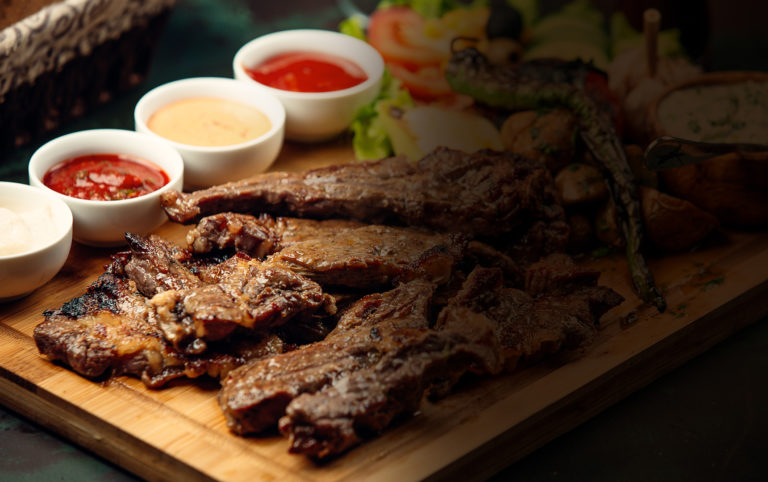
CASAS GRANDES
The archaeological zone of Paquimé, in Casas Grandes, is a treasure of pre-Hispanic history, declared a World Heritage Site by UNESCO. Here one can be amazed by the advanced civilizations that inhabited the region. In addition, Casas Grandes is famous for the Mata Ortiz pottery and the Museum of Northern Cultures, where one can explore the cultural wealth of the region.
GUACHOCHI
A mix of natural beauty and Rarámuri traditions. It is essential to enjoy the impressive viewpoints of the Barranca Sinforosa and enter one of the most impressive landscapes of the Sierra Madre Occidental. During Holy Week, the town celebrates the famous Norogachi festival, a unique manifestation of religious syncretism.
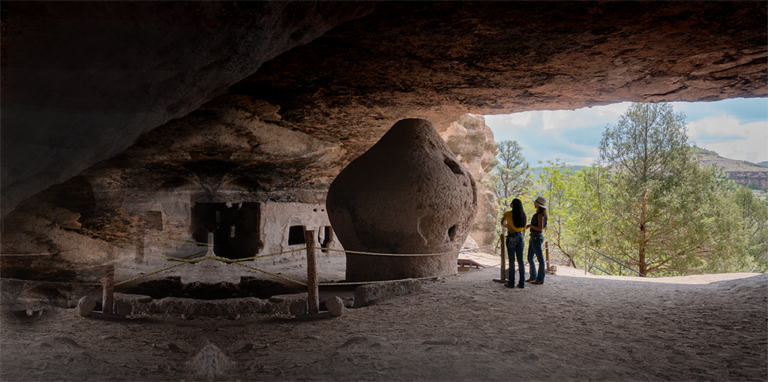
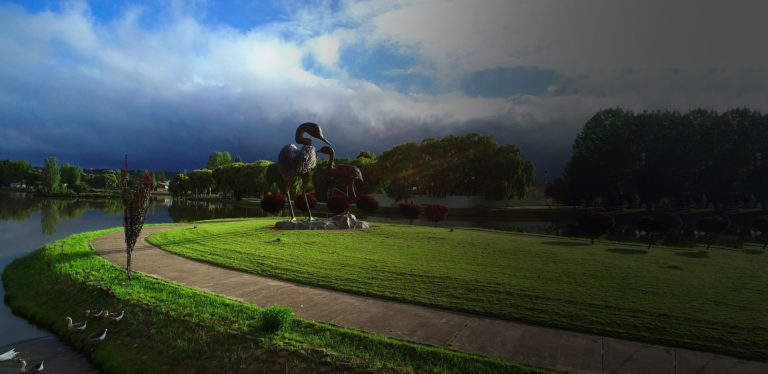
HIDALGO DEL PARRAL
Hidalgo del Parral, the “Silver Capital of the World,” is a city with a deep mining and cultural legacy. Founded in the 17th century, Parral preserves monuments and mansions that transport you to bygone eras. You shouldn’t miss its connection to the Mexican Revolution and its Villista history, which make it a destination full of history and charm.
Chihuahua awaits you to offer you an unparalleled experience.
Come and explore this fascinating corner of northern Mexico!
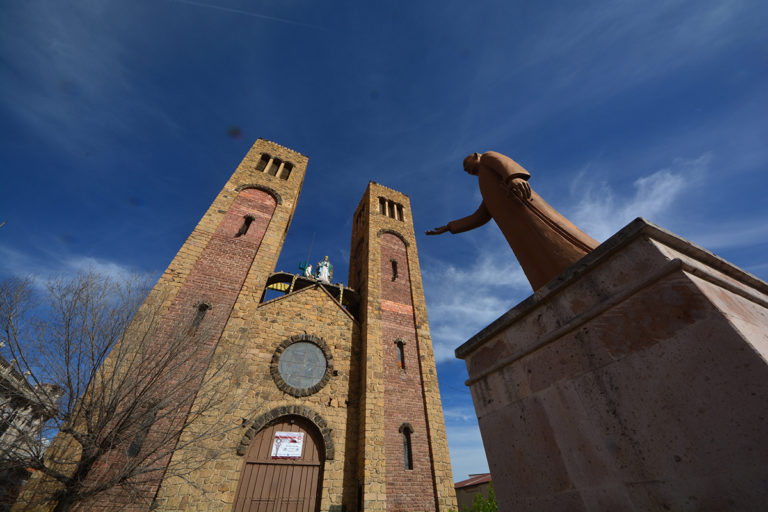
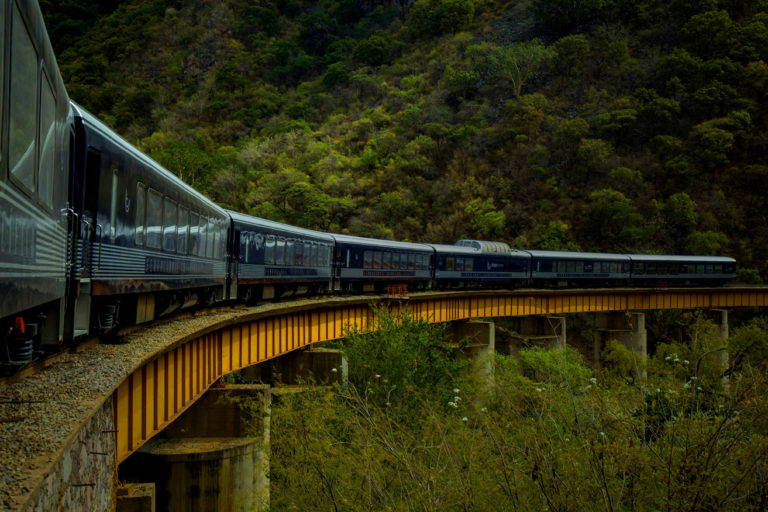
Join the competition
Registering online is the easiest way to enter your wines, spirits and beers. Our team will guide you through the registration process.










